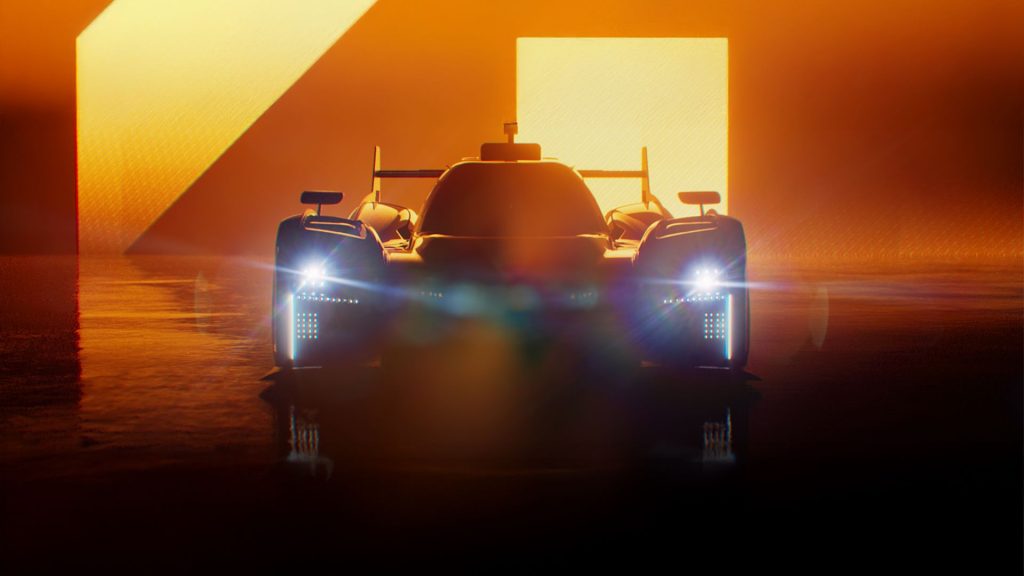It has been nearly 15 years since McLaren began producing road cars for the second time. Throughout this period, they have released some remarkable performance vehicles showcasing exceptional power and handling. However, none of these vehicles have come close to matching the astounding achievement of the McLaren F1, which remains an unrivaled landmark.
McLaren’s Ambition to Regain Le Mans Glory
The company aims to change that narrative by endeavoring to win at Le Mans again, something they haven’t accomplished since 1995. That year, they won with a car that was, in essence, a road vehicle—the last to do so. Now, McLaren is setting its sights on this prestigious trophy once more, but they won’t be pursuing it with a W1.
Expanded Aspirations Following F1 Constructors’ Title
– Zak Brown, CEO of McLaren Racing
In a direct announcement, McLaren has revealed their return to the FIA World Endurance Championship, which represents the pinnacle of endurance racing. Yet, it is Le Mans—the crown jewel of the WEC—that truly matters to them.
Return to Hypercar Racing by 2027
McLaren has confirmed their intention to participate in the Hypercar class starting in 2027. This category consists of two subclasses: LMH, which permits manufacturers to create their own vehicles, and LMDh, which utilizes a standardized chassis and hybrid system. While McLaren hasn’t disclosed their chosen path, LMH would seem to be a natural fit given their design-focused ethos. Nevertheless, reports earlier this year suggested that McLaren might lean towards LMDh.
Possibilities in Automotive Engineering
If McLaren opts for LMDh, they will have four chassis manufacturers to choose from, including Dallara, Ligier, Multimatic, and ORECA. The hybrid system incorporates standard components from Xtrac, featuring a Bosch motor and batteries from Williams Advanced Engineering, which can provide a boost of up to 50 kW (67 horsepower).
Looking Forward with Excitement
Manufacturers also have the freedom to develop their own combustion engine for this series, with most traditionally selecting a V6 or V8. McLaren’s engine options might include the 3.0-liter twin-turbo V6 as found in the Artura or the 4.0-liter twin-turbo V8 used in their other models. However, outputs are capped at 671 horsepower when the hybrid boost is included. This setup is intended to reduce costs, spreading the development expenses across multiple teams.
Formal Announcement Expected Soon
A more official declaration regarding these plans is anticipated on June 13, the Saturday prior to the 93rd running of the 24 Hours of Le Mans. This creates a fitting backdrop for sharing their return to the series exactly 30 years after winning with the F1, even though fans will have to wait another two years to see the car in action.



